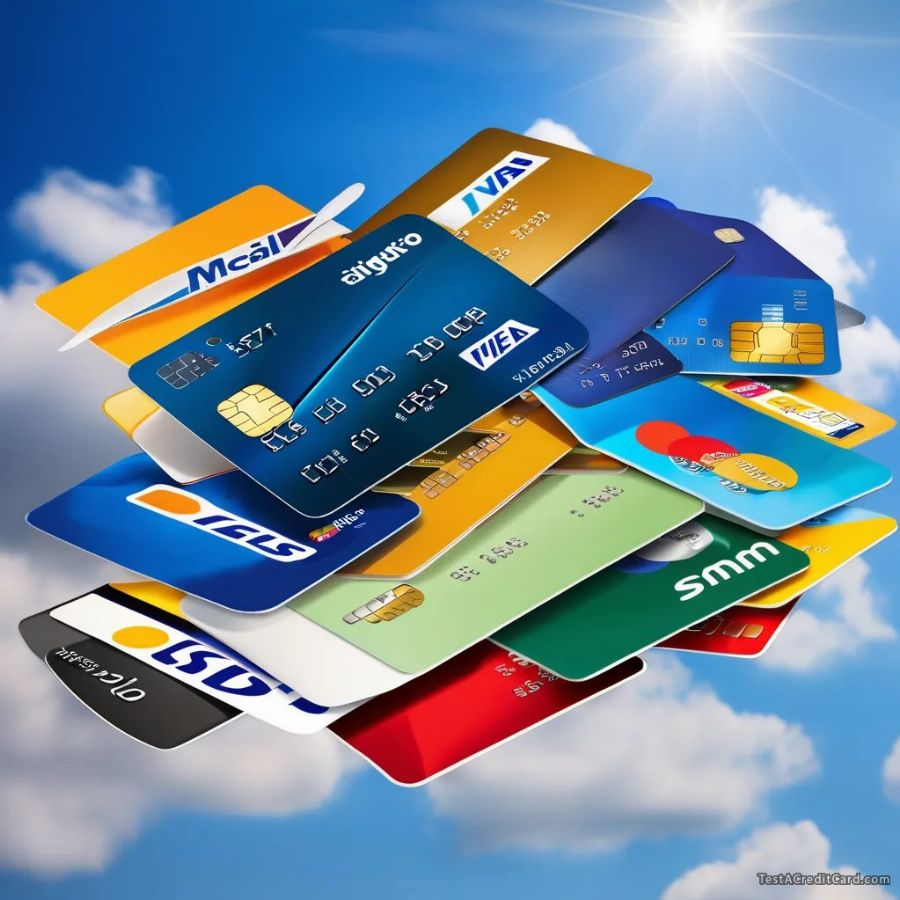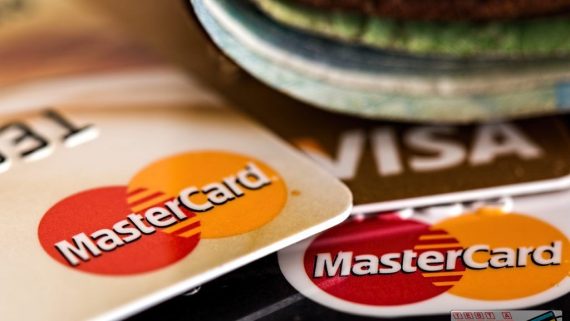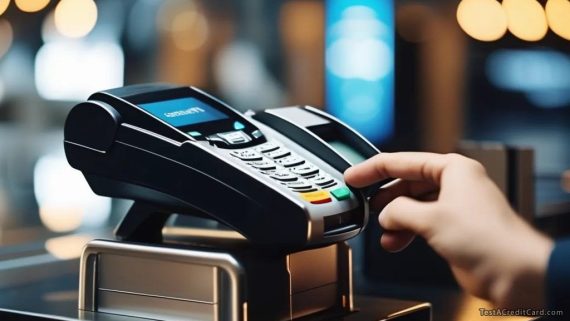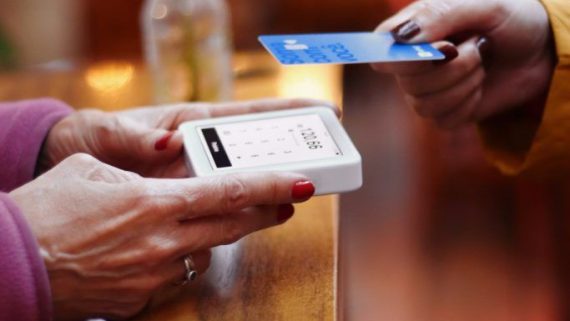CREDIT CARD SECURITY
Risks, Rewards, and What Banks Won’t Tell You
We swipe, tap, and insert our credit cards dozens of times a month without a second thought. But behind that seamless transaction lies a high-stakes game of security, fraud, and corporate battles most of us never see. Credit cards are convenient—maybe too convenient. They offer fraud protection, rewards, and instant purchasing power, but they also paint a giant target on your finances. So how safe are they really? And what are the credit card companies not telling you?
Top 10 Credit Cards: Security & Protection Compared
| Credit Card | Security Features | Fraud Protection | Consumer Benefits |
|---|---|---|---|
| Chase Sapphire Preferred | EMV chip, contactless payments, virtual card numbers (via Chase Pay) | $0 fraud liability, real-time fraud alerts, purchase protection | Travel insurance, extended warranty, trip cancellation coverage |
| American Express Gold | EMV chip, Amex SafeKey (3D Secure), advanced AI fraud detection | $0 fraud liability, instant purchase notifications, dispute resolution | Purchase protection (up to 90 days), return protection, car rental insurance |
| Capital One Venture X | EMV chip, virtual card numbers, Capital One Eno for transaction alerts | $0 fraud liability, instant transaction alerts, credit monitoring | Travel accident insurance, extended warranty, cell phone protection |
| Citi Double Cash | EMV chip, Citi® Identity Theft Solutions, virtual account numbers | $0 fraud liability, fraud monitoring, quick card replacement | Extended warranty (24 months), price rewind (discontinued but some legacy benefits) |
| Discover it® Cash Back | EMV chip, Freeze It® (on/off switch for card), Discover’s Fraud Protection | $0 fraud liability, instant alerts, Social Security number monitoring | Purchase protection (up to 90 days), return guarantee (up to $500) |
| Wells Fargo Active Cash | EMV chip, Wells Fargo Control Tower for spending insights | $0 fraud liability, 24/7 fraud monitoring, quick card replacement | Cell phone protection (up to $600), travel accident insurance |
| Bank of America® Customized Cash Rewards | EMV chip, virtual card numbers (via ShopSafe), suspicious activity alerts | $0 fraud liability, fraud monitoring, card replacement in 2 days | Extended warranty (up to 1 year), price protection (discontinued but some legacy perks) |
| U.S. Bank Altitude® Go | EMV chip, U.S. Bank Smart Rewards™ for fraud alerts | $0 fraud liability, instant transaction notifications, fraud resolution support | Purchase security (up to 120 days), extended warranty (up to 2 years) |
| Apple Card | No physical card number (only digital), dynamic security code, biometric authentication | $0 fraud liability, instant notifications, transaction dispute via Messages app | No fees (including no foreign transaction fees), Daily Cash rewards |
| PayPal Cashback Mastercard | EMV chip, virtual card numbers via PayPal, two-factor authentication | $0 fraud liability, Mastercard ID Theft Protection, fraud alerts | Extended warranty (up to 1 year), purchase protection (up to 120 days) |
The Double-Edged Sword of Plastic Money
 Let’s be honest—credit cards are a modern necessity. They build credit, offer cashback, and provide a financial cushion in emergencies. But that convenience comes at a cost. Every time you use your card, you’re rolling the dice. Data breaches, skimming devices, and online scams turn your 16-digit number into a hacker’s payday. The worst part? Many victims don’t even realize they’ve been compromised until fraudulent charges drain their accounts.
Let’s be honest—credit cards are a modern necessity. They build credit, offer cashback, and provide a financial cushion in emergencies. But that convenience comes at a cost. Every time you use your card, you’re rolling the dice. Data breaches, skimming devices, and online scams turn your 16-digit number into a hacker’s payday. The worst part? Many victims don’t even realize they’ve been compromised until fraudulent charges drain their accounts.
Banks and credit card companies swear their systems are ironclad, but the numbers don’t lie. In 2023 alone, credit card fraud losses topped $13 billion globally. And while issuers promise zero-liability policies, the reality is messier. Disputing charges can take weeks, and some victims still end up footing the bill.
The Secret Security Features (and Why They Sometimes Fail)
Ever wonder how your card “knows” when a purchase is suspicious? Behind the scenes, banks deploy AI-driven fraud detection, EMV chips, and tokenization to keep transactions secure. EMV chips, for instance, generate a unique code for every transaction, making cloned cards nearly useless. Tokenization replaces your actual card number with a random string of digits in digital wallets, adding another layer of protection.
But here’s the catch—these systems aren’t foolproof. Criminals adapt fast. Card-not-present fraud (online scams) is exploding because hackers exploit weak merchant security. Even contactless payments, hailed as the future, can be intercepted by tech-savvy thieves with RFID skimmers. And let’s not forget the weakest link in the chain: us. Weak passwords, phishing scams, and careless card storage undo even the best security tech.
The Invisible War Behind Your Transactions
Credit card companies don’t just sit back and wait for fraud to happen—they’re locked in a constant arms race against cybercriminals. Every day, banks analyze millions of transactions, flagging anomalies in real time. But fraudsters are just as clever, using AI to mimic spending patterns and bypass detection.
The biggest challenge? Balancing security with convenience. Too many false declines (legit purchases blocked as fraud), and customers revolt. Too few, and losses skyrocket. It’s a tightrope walk, and sometimes, the house loses.
So what’s the takeaway? Credit cards are powerful tools, but they demand vigilance. Monitor statements, enable transaction alerts, and think twice before saving card details online. Because in the end, the best security feature is you.
References and Sources
- Federal Trade Commission (FTC) – Consumer Advice on Credit Card Fraud
The FTC provides official guidance on spotting and reporting credit card fraud, including legal protections for consumers.
https://www.consumer.ftc.gov/ - Nilson Report – Global Card Fraud Statistics
A leading industry publication tracking payment fraud trends, including annual loss estimates and emerging threats.
https://nilsonreport.com/ - Visa Security Blog – How Tokenization Works
Visa’s official breakdown of tokenization technology, explaining how it protects digital transactions.
https://usa.visa.com/








